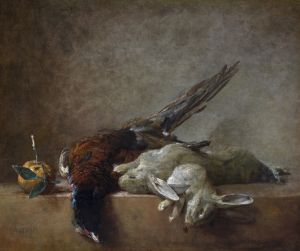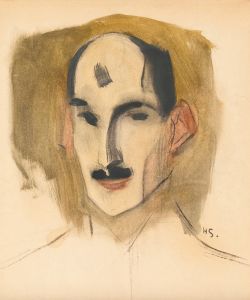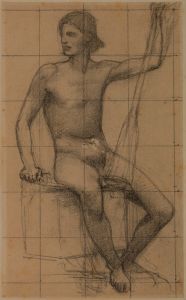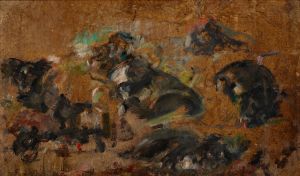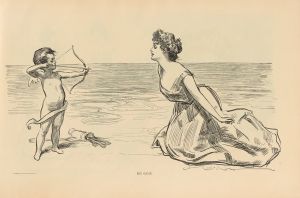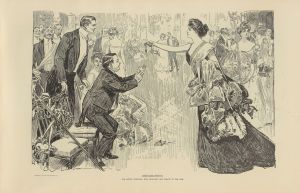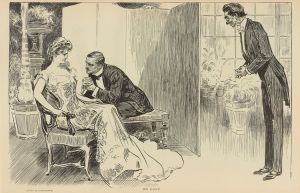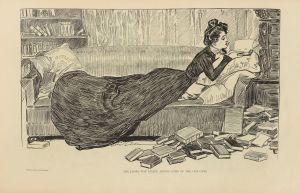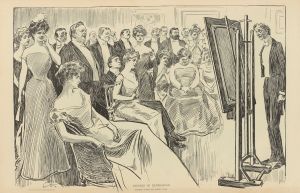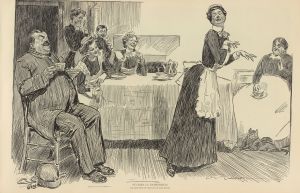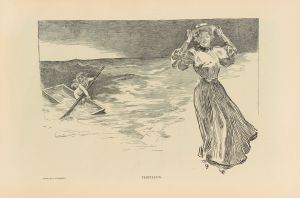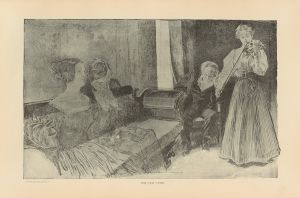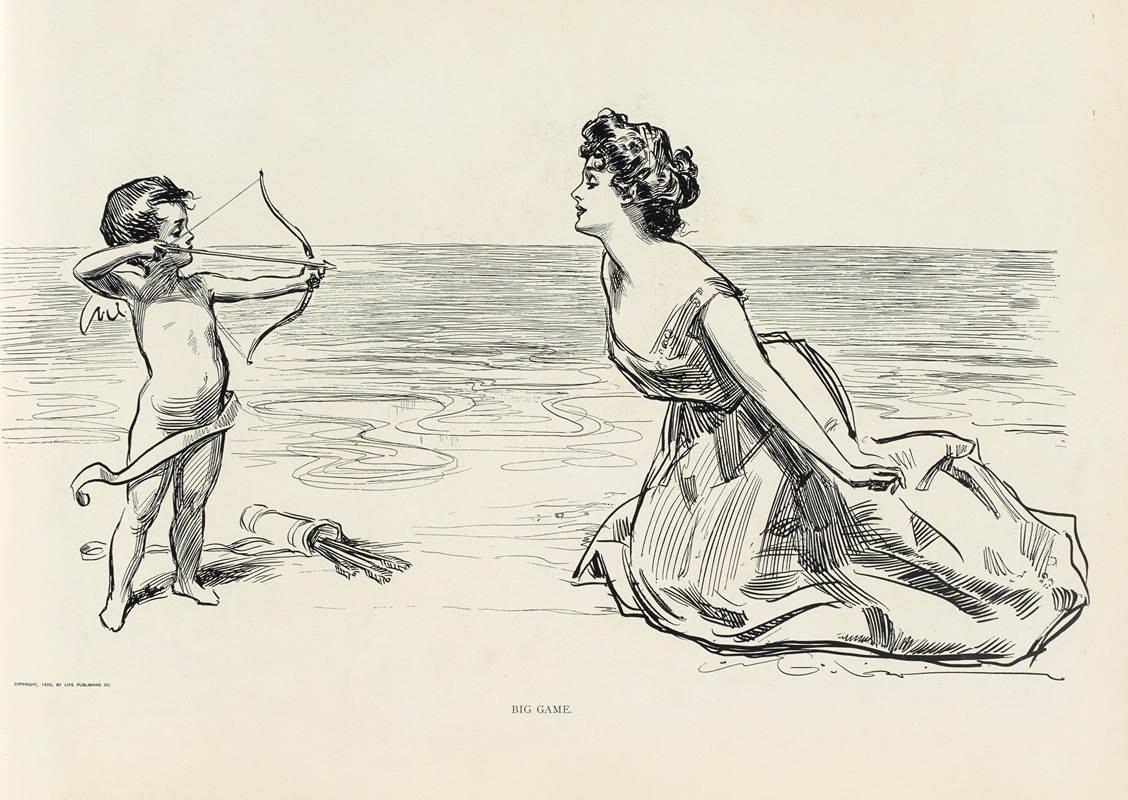
Big game
A hand-painted replica of Charles Dana Gibson’s masterpiece Big game, meticulously crafted by professional artists to capture the true essence of the original. Each piece is created with museum-quality canvas and rare mineral pigments, carefully painted by experienced artists with delicate brushstrokes and rich, layered colors to perfectly recreate the texture of the original artwork. Unlike machine-printed reproductions, this hand-painted version brings the painting to life, infused with the artist’s emotions and skill in every stroke. Whether for personal collection or home decoration, it instantly elevates the artistic atmosphere of any space.
Charles Dana Gibson was an influential American illustrator, best known for creating the iconic "Gibson Girl," a representation of the idealized American woman at the turn of the 20th century. His work captured the social dynamics and cultural shifts of his time, often with a humorous or satirical edge. Among his many illustrations, "Big Game" stands out as a notable piece, though it is not as widely recognized as some of his other works.
"Big Game" is a black-and-white illustration that showcases Gibson's keen eye for detail and his ability to convey complex social commentary through simple yet effective imagery. The illustration typically features a scene involving a group of people engaged in a social activity, often with a humorous twist that reflects the social mores and attitudes of the era. Gibson's work often highlighted the interactions between men and women, and "Big Game" is no exception, capturing the nuances of gender roles and societal expectations.
Gibson's illustrations were primarily published in popular magazines of the time, such as Life, Harper's Weekly, and Scribner's, where they reached a wide audience and influenced public perception of contemporary social issues. His work was characterized by its clean lines, attention to detail, and the ability to convey emotion and narrative through facial expressions and body language. "Big Game," like many of his illustrations, would have been created using pen and ink, a medium that allowed for precision and clarity.
The context of "Big Game" is rooted in the late 19th and early 20th centuries, a period marked by significant social change in the United States. The rise of the middle class, shifts in gender roles, and the increasing visibility of women in public life were all themes that Gibson explored in his work. His illustrations often served as a mirror to society, reflecting both its aspirations and its contradictions.
While specific details about the scene depicted in "Big Game" are not widely documented, it can be inferred that the illustration, like many of Gibson's works, uses humor and satire to comment on the social dynamics of the time. The title itself suggests a play on words, possibly referring to both a literal game and the metaphorical "game" of social interaction and courtship.
Gibson's legacy as an illustrator is significant, as his work not only entertained but also provoked thought and discussion about the evolving roles of men and women in society. His ability to capture the essence of an era through his art has left a lasting impact on American culture and continues to be studied and appreciated for its artistic and historical value.
In summary, "Big Game" by Charles Dana Gibson is an illustration that exemplifies the artist's skill in using humor and social commentary to reflect the cultural dynamics of his time. Through his detailed and expressive drawings, Gibson offered a window into the complexities of early 20th-century American society, making his work both a valuable artistic achievement and a historical document.






